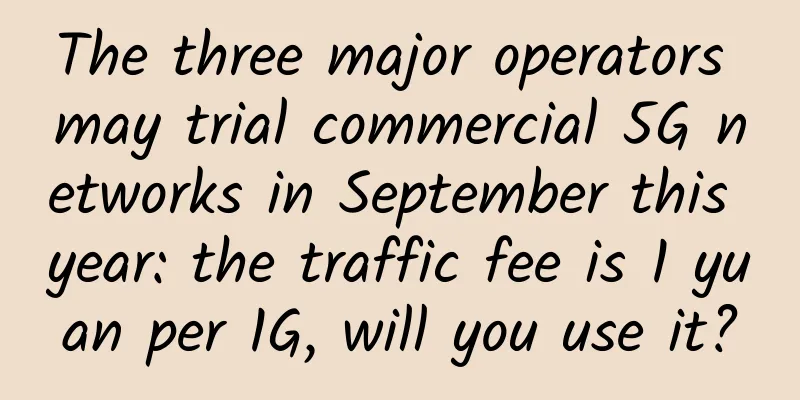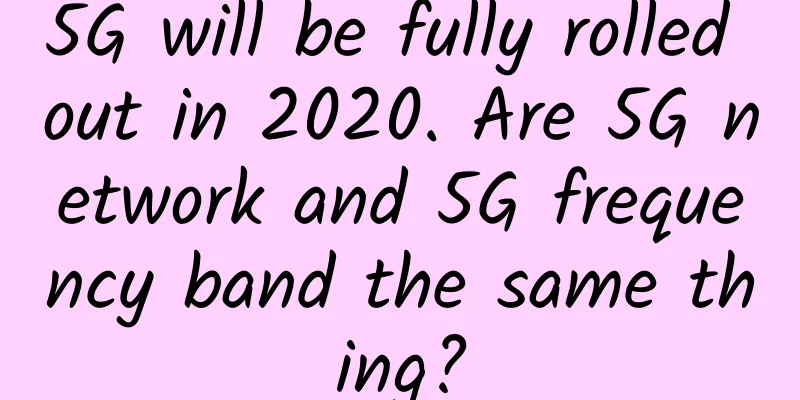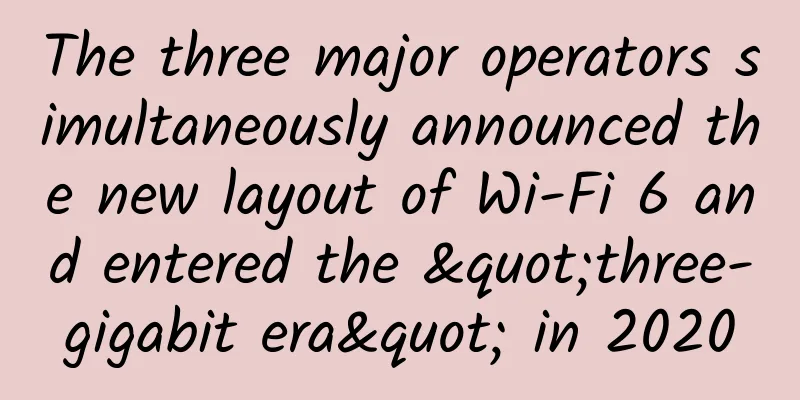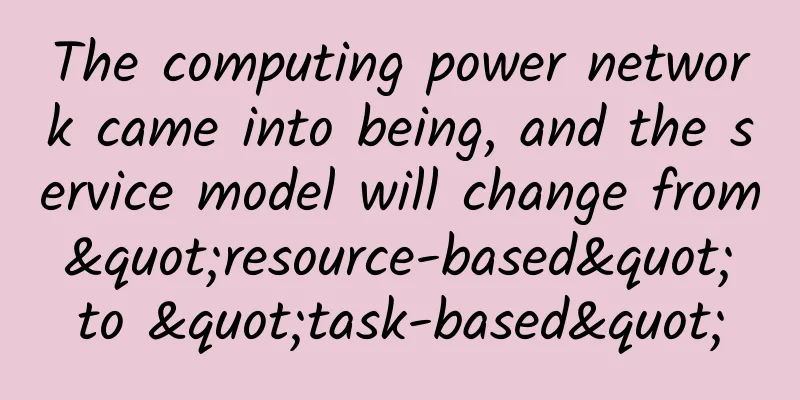5G, why not completely jointly build and share wireless access networks?
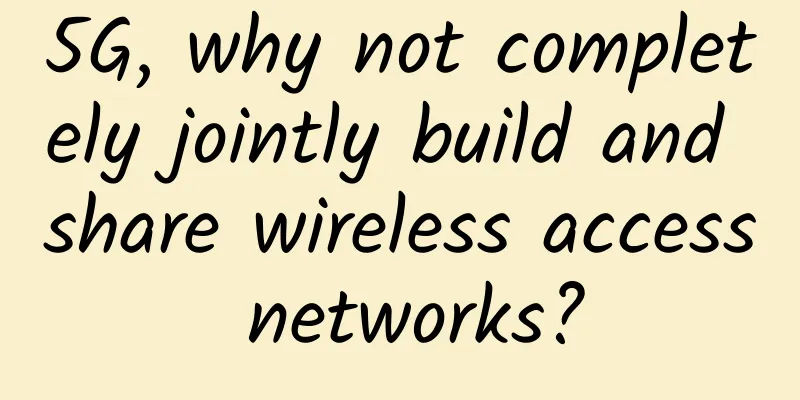
|
The key to 5G is to provide diversified services on top of the pipeline. Operators can fully share the wireless access network, each retaining an independent core network, focusing on application innovation and providing differentiated services. Key points:
1. Let’s start with the tower model The independent tower model originated in the 1990s. Currently, at least 60% of the world's communication towers belong to independent tower companies, which proves that the tower model is the most successful co-construction and sharing model in the global telecommunications industry to date. How did the iron tower model originate and rise? When operators' revenue growth declines, cost control becomes increasingly important. However, heavy assets such as towers do not follow Moore's Law. Instead, the cost of building new tower infrastructure is getting higher and higher. The original intention of the tower model is to throw away the burden, hand over the towers to independent tower companies for operation, and save costs through co-construction and sharing. Looking back on the development history of the tower model, it is not difficult to find a pattern: the more difficult the operators' lives are, the more urgent it is to control costs, and the faster the tower model develops. Although the tower model saves operators costs, operators in both the United States and China still complain that tower rentals are too expensive. The two largest operators in the United States, AT&T and Verizon, recently even publicly announced the establishment of a joint venture to jointly build and share tower infrastructure to combat the rising tower rentals. Statistics from GSMA clearly explain the reasons... The CAPEX of global operators has been rising year by year, while ARPU has been declining. The high network investment of operators has not brought about corresponding revenue growth, financial statements are becoming increasingly ugly, and the pressure to control costs is increasing. For 5G, declining revenue growth, higher network construction costs, and an increasingly rapid pace of upgrades will put more pressure on operators and may force them to further promote the tower model - joint construction and sharing of radio access networks (RAN). From another perspective, communication towers are the key infrastructure of communication networks. They determine the coverage and capacity advantages of mobile networks. Therefore, when operators hand over tower resources, this in itself means the end of an era - network advantages are no longer the core competitive advantages of operators. 2. Operators’ most valuable assets are no longer networks, but users and service innovation In the past, whoever had a network advantage dominated the market position, but this deeply rooted network-based culture will gradually weaken in the 5G era. First, after decades of network construction, the gap in network coverage between operators is narrowing, especially in outdoor coverage. This is completely different from the situation in the past when there was a gap in the market and whoever covered it first captured the users. Consumers are becoming less and less aware of the gap in network coverage among operators. Secondly, the global unification of 5G standards, the joint construction and sharing of all-network mobile phones and towers have eliminated the differences among operators' networks. The era when operators seized the market by relying on network advantages has passed. In the 5G era, the most valuable asset of operators is no longer the network, but the users. The next step is to be customer-centric, improve service quality and innovate products, which is more important. From a network perspective, the unification of network coverage, tower sharing and standards means that operators are becoming more homogenous in the radio access network (RAN). The future 5G core network is a key node to stimulate application innovation, which provides conditions for operators to share radio access networks and innovate differentiated services on the core network side. 3. 5G network characteristics will promote further network co-construction and sharing Take Japan as an example. Over the past 20 years, Japan has invested heavily in network infrastructure and has built one of the most dense mobile networks in the world. Today, Japan's 4G user penetration rate is about 94%, but the high penetration rate and dense urban base station deployment have led to bottlenecks in the networks of Japanese operators. For example, statistics from OpenSignal show that Japan's 4G user penetration rate is not much different from that of South Korea, but the average network speed is about half of that of South Korea. I recently saw a Japanese analysis report that attributed this to the fact that limited urban space restricts dense base station deployment.
Base station of a Japanese operator To this end, in June 2017, the CEO of Japanese operator NTT DOCOMO publicly expressed his hope to share 5G base stations with two competitors, KDDI and SoftBank, to further reduce costs, and expected the three parties to reach an agreement, especially in urban areas. We say that the future 5G wireless access network will be composed of countless distributed micro-base stations under the C-RAN architecture. The high-frequency band and high-speed 5G network means that very dense micro-base stations must be deployed. If each operator deploys independently, this may also face the problems encountered by Japanese operators - limited urban space restricts the dense deployment of base stations. In addition, the C-RAN architecture is a BBU-centralized resource sharing architecture, which provides conditions for multi-operator co-construction and sharing. C-RAN deployment in the multi-operator sharing mode can not only share the load, but also reduce fronthaul and power supply deployment. However, although there have been calls for joint construction and sharing of 5G networks in the United States, Europe, Russia, Japan and other places, there are also many voices of opposition, such as concerns about network quality problems caused by joint construction and sharing. Some operators even believe that there is currently no evidence that shared RAN can significantly save costs for operators. |
<<: A Complete Guide to Data Center Site Selection
>>: Make your customers want you to be theirs with Riverbed Digital Experience Management
Recommend
The mature gigabit wireless network industry chain is the cornerstone for the 5G era
Recently, the biggest event of China Unicom after...
Why don't we use HTTP directly for calls between services but use RPC?
[[313073]] What is RPC? RPC (Remote Procedure Cal...
Cisco released the IT Operations Readiness Index report, and Chinese enterprises' IT operations provide more value to their businesses
[Original article from 51CTO.com] Cisco recently ...
How packets travel through the various layers of the TCP/IP protocol stack
All Internet services rely on the TCP/IP protocol...
WiFi 7 for ubiquitous access
It is now common to use mobile communication netw...
How will 6G change the workplace?
The next generation of connectivity is coming, pr...
How did Beiming Software and Huawei achieve new highs in cooperation performance?
[51CTO.com original article] In the context of th...
How eSIM is revolutionizing wireless technology
Embedded Subscriber Identity Modules (eSIMs) have...
Telecom operators tighten cloud sovereignty and no longer want to be the big guys behind the scenes
"Carrier cloud" represented by China Te...
ACI's "hardcore security" is more eye-catching
[51CTO.com original article] According to market ...
Is the golden mean the way to go in data centers? CommScope's new products help maximize data center network effectiveness
[Original article from 51CTO.com] After years of ...
CloudCone: $16.3/year-1GB/55GB/3TB@1Gbps/Los Angeles data center
CloudCone has released several Easter packages, w...
SDN/NFV/CLOUD is too complex and AI and 5G accelerate the reconstruction of the network
Just like decoration in life, during the decorati...
5G is here: Will 4G soon be relegated to the sidelines?
Will 4G, which once brought prosperity to the mob...
Wind River Launches New VxWorks Version to Build a Digital Foundation for the Internet of Everything
[51CTO.com original article] Have you ever experi...

